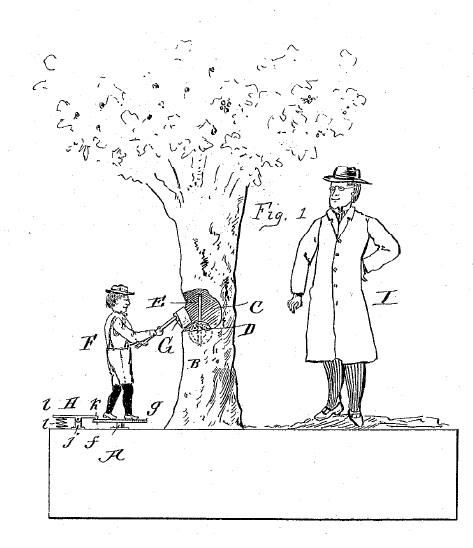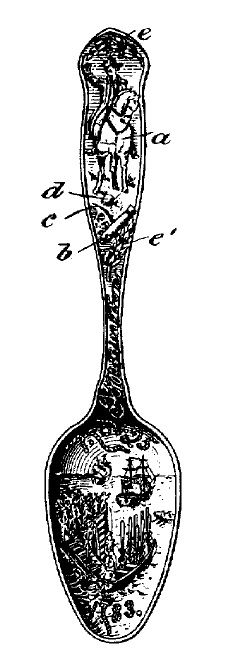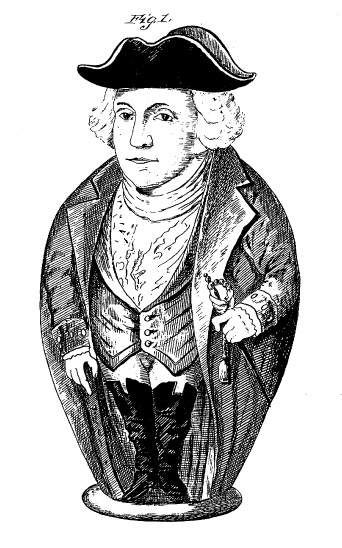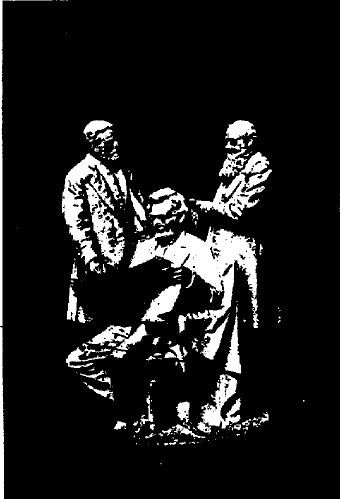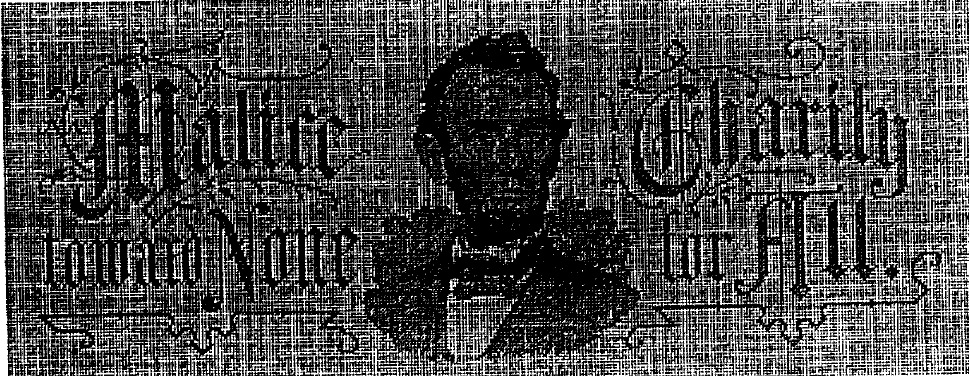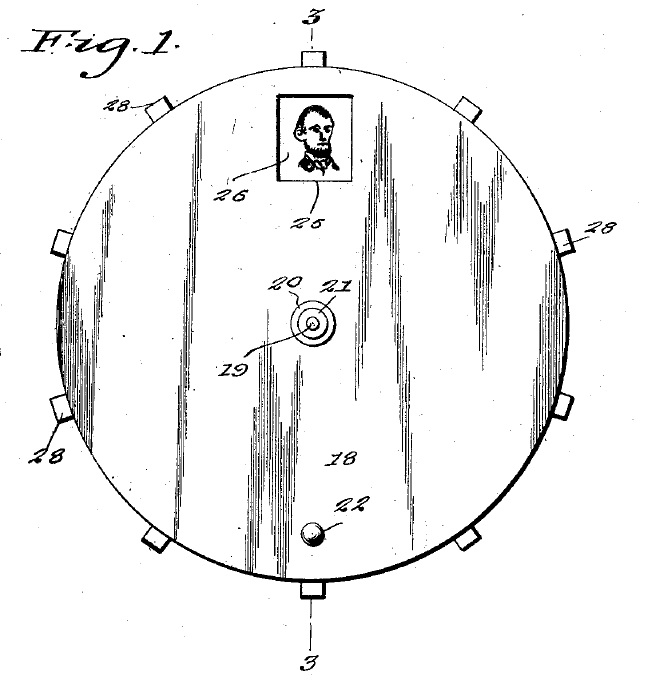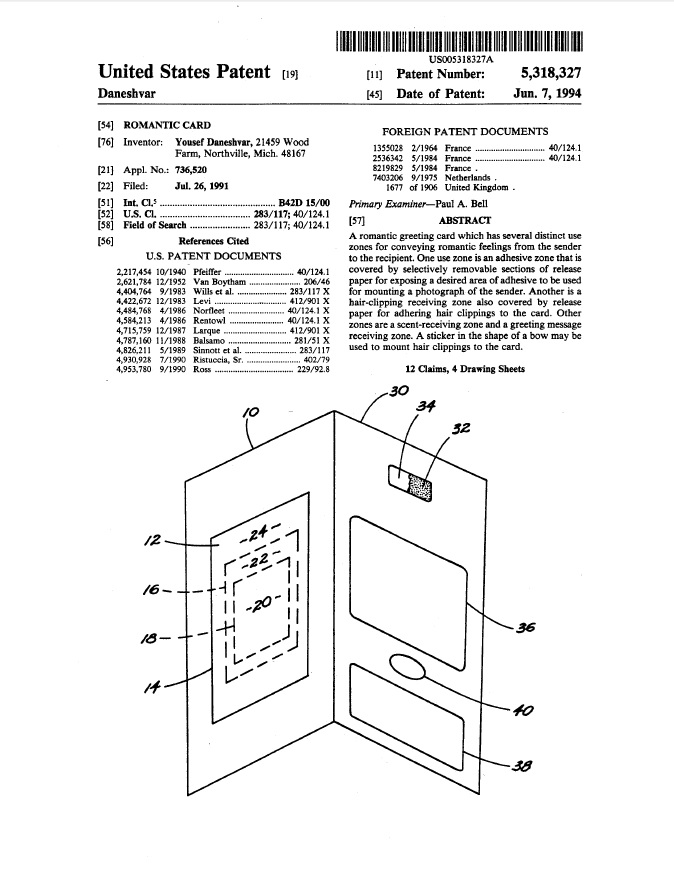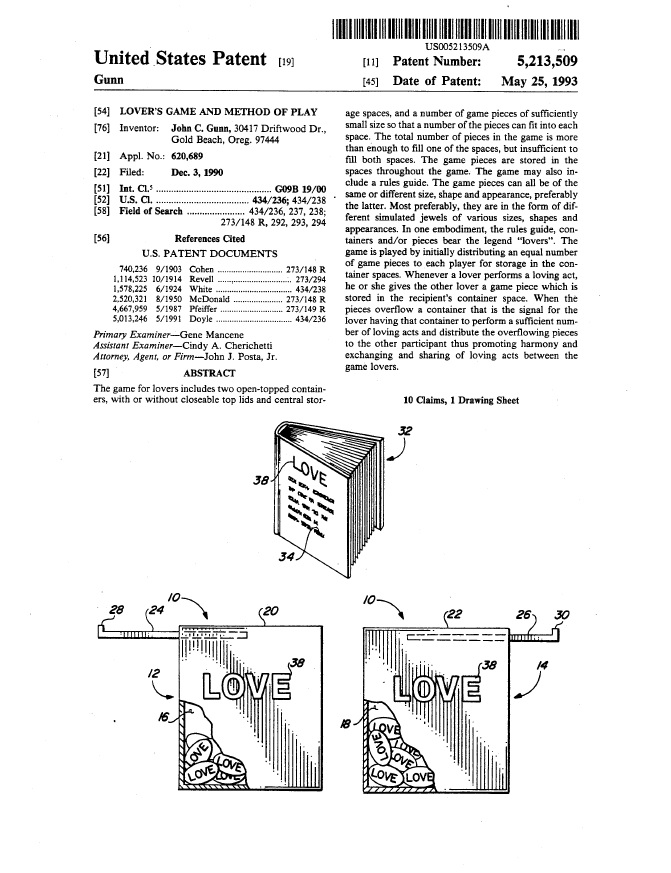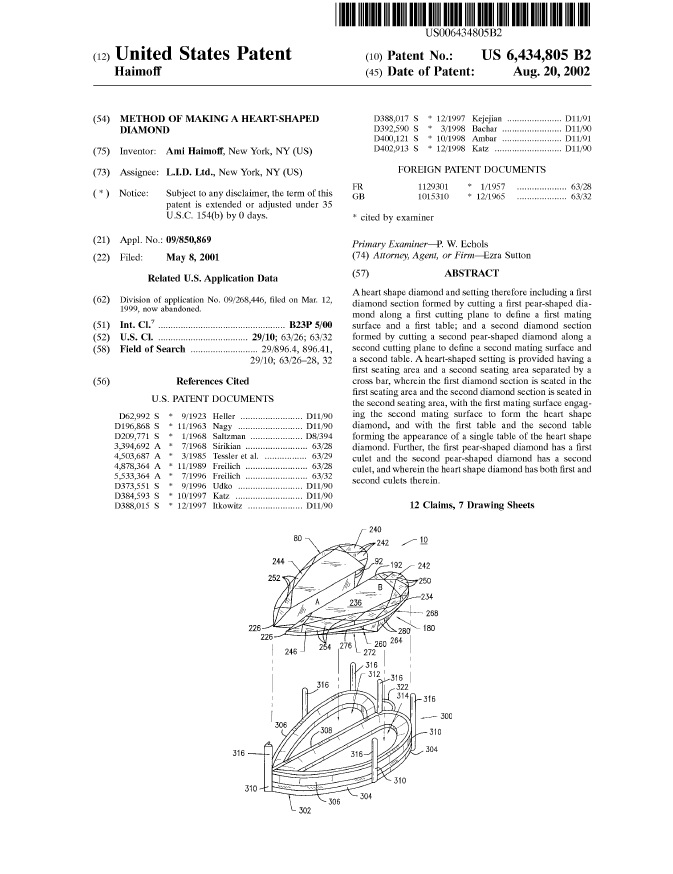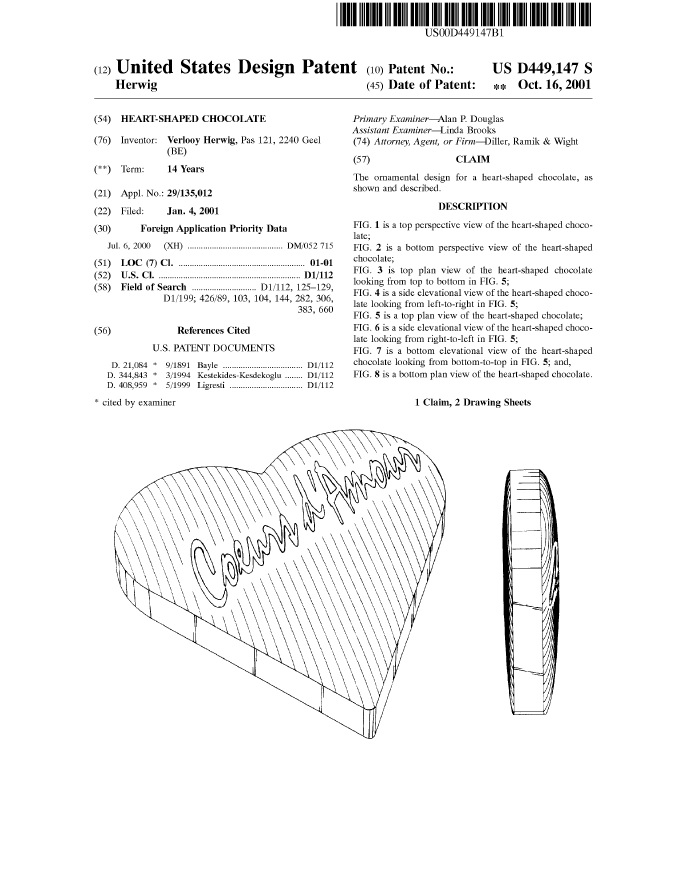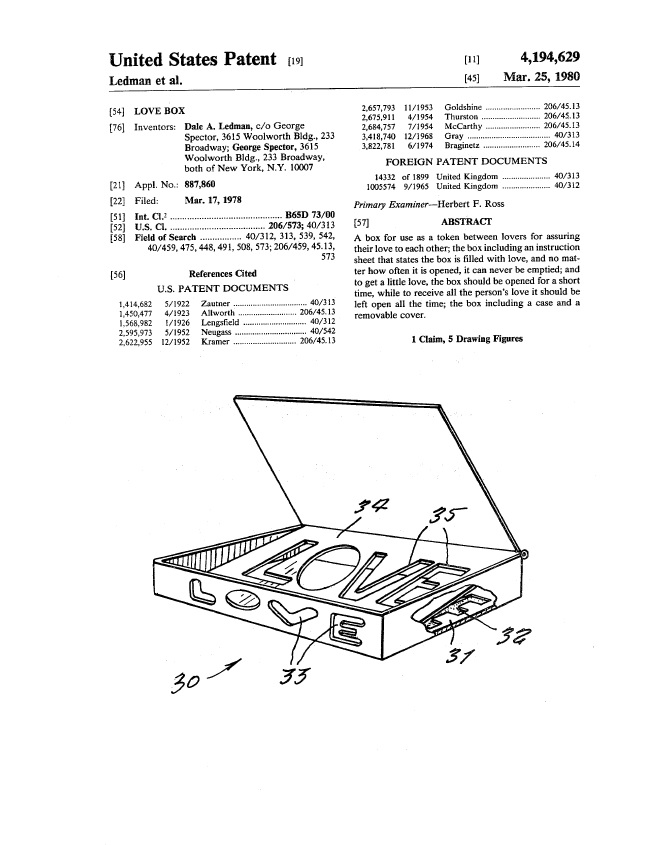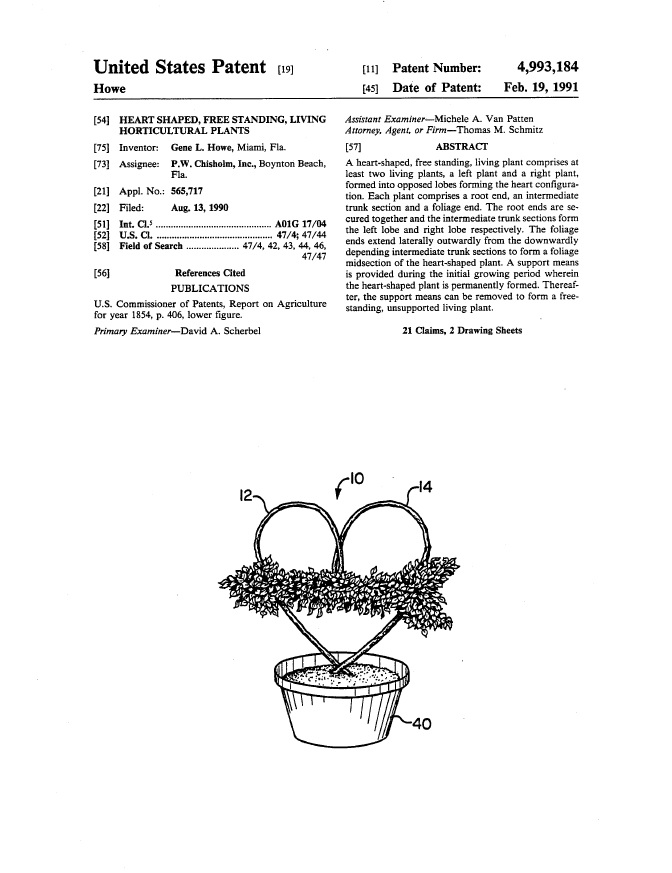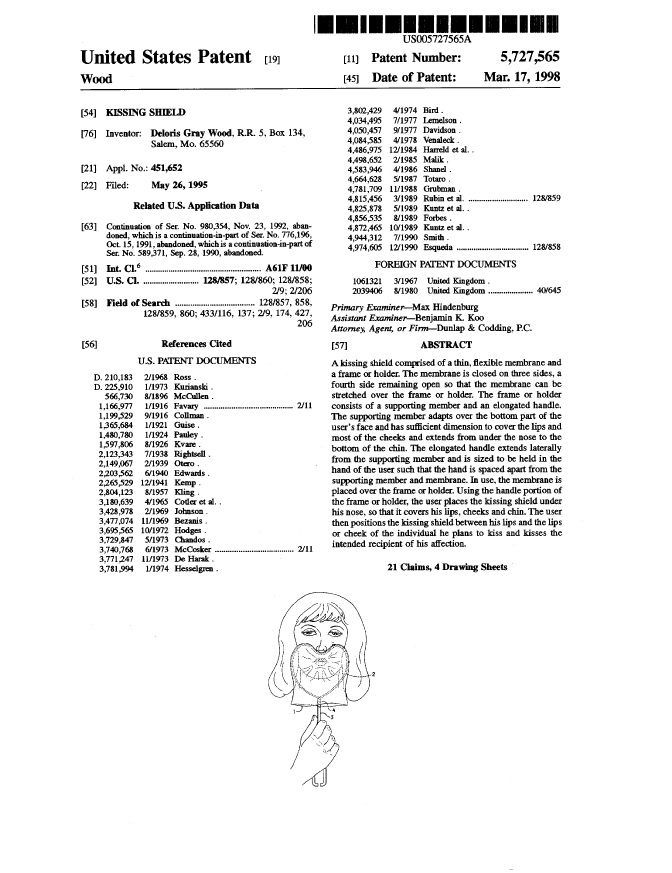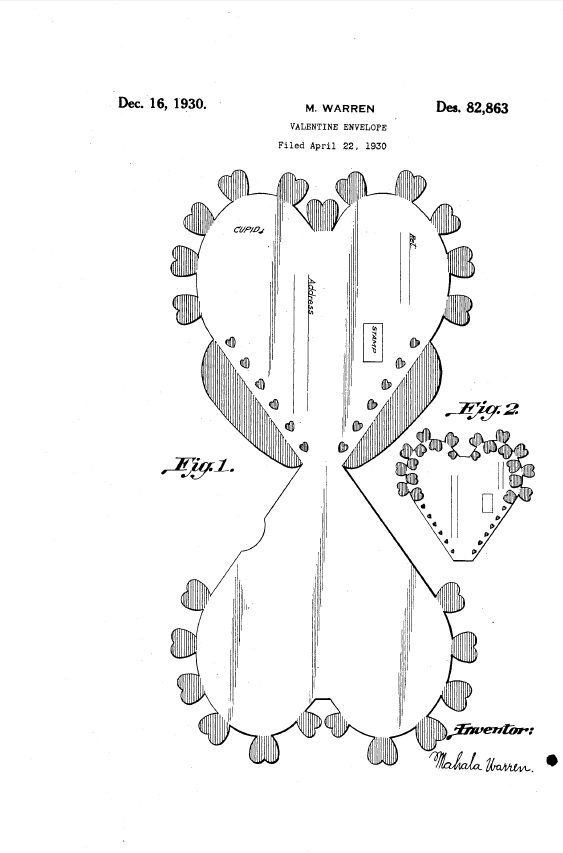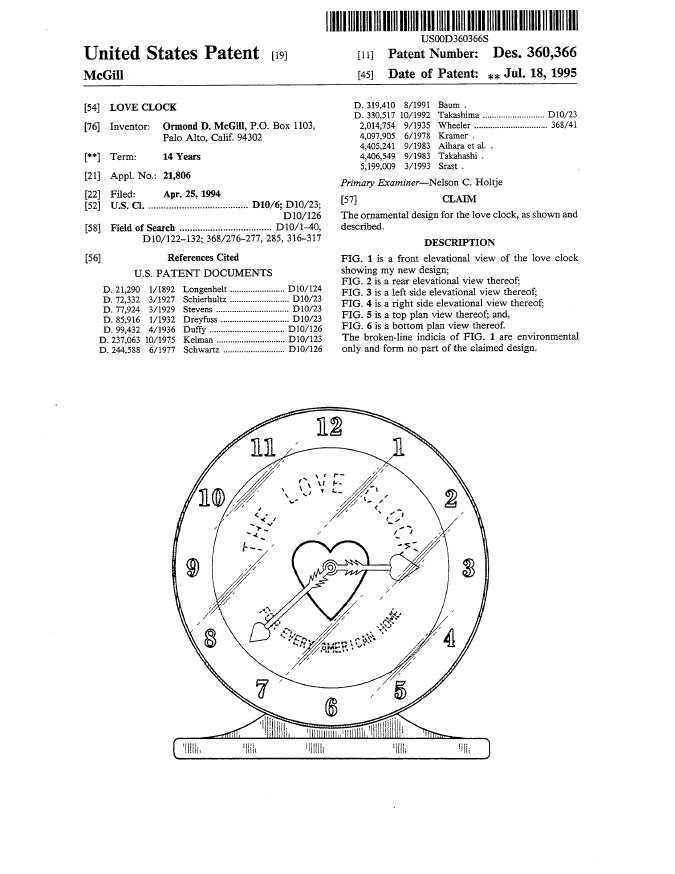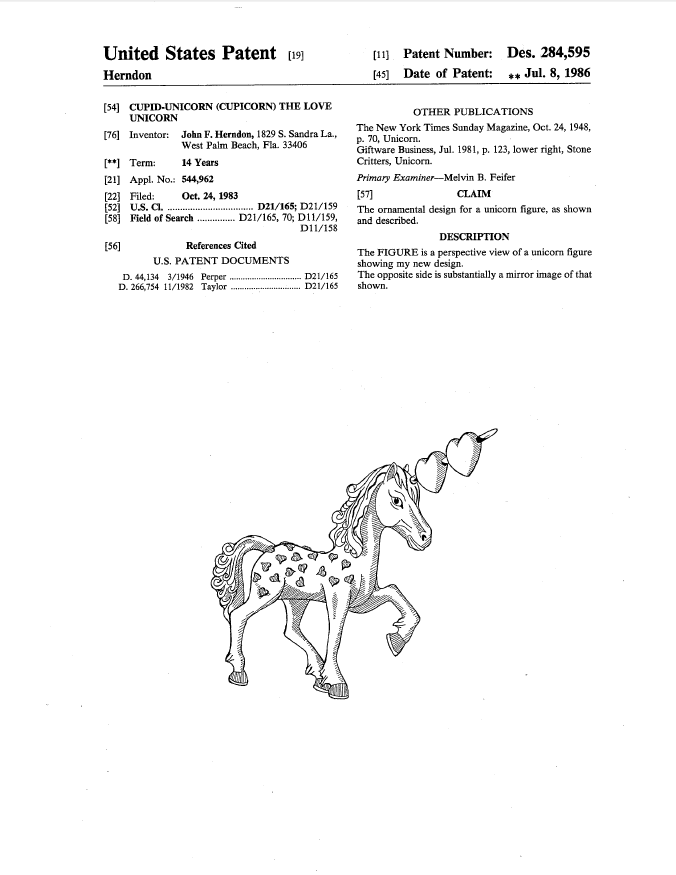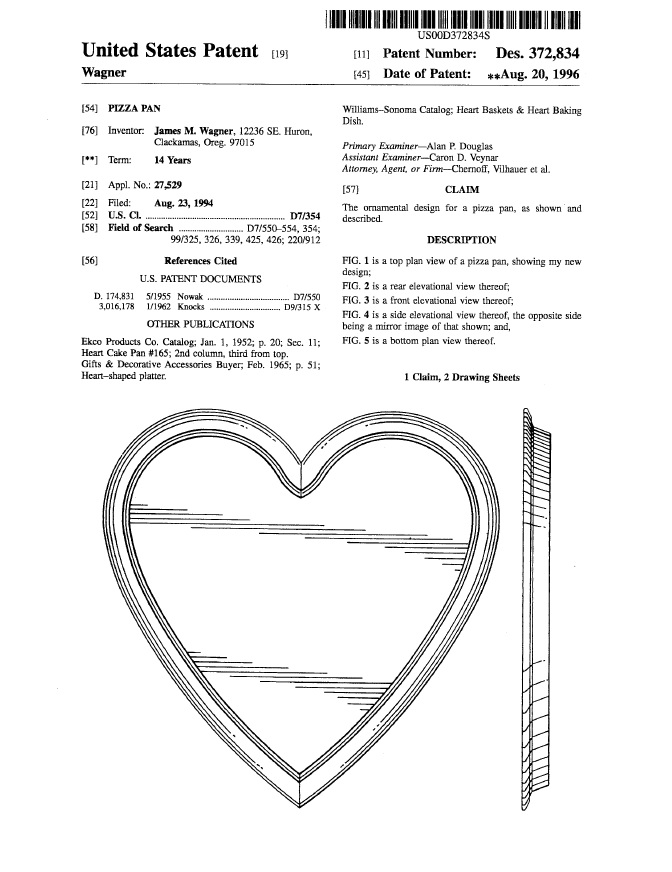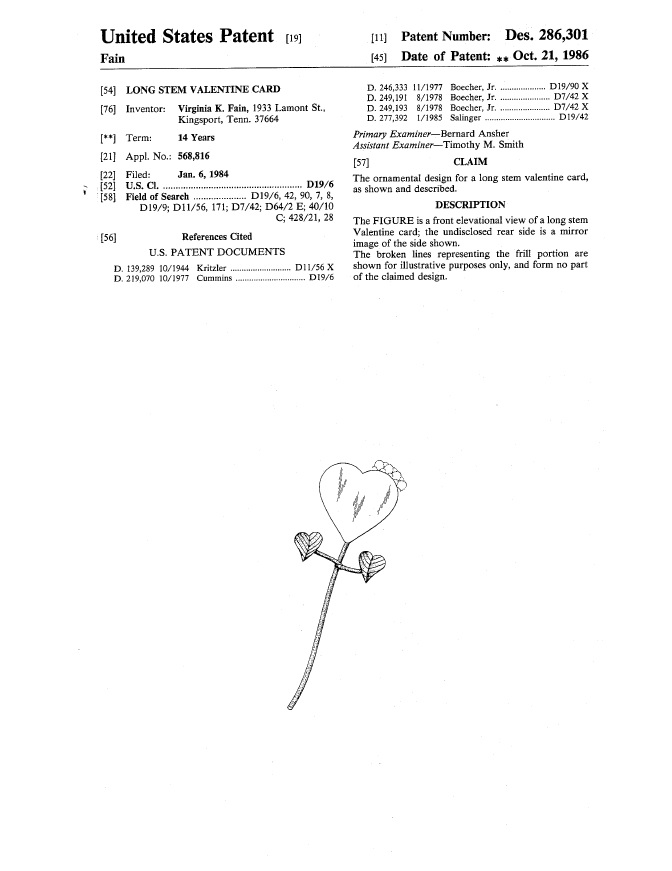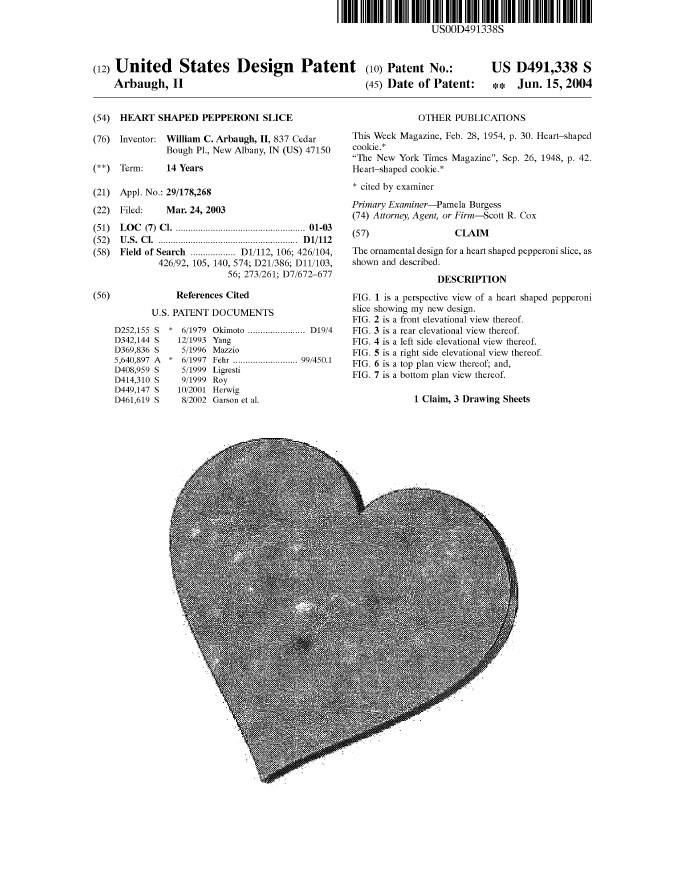In Secure Access, LLC v. PNC BANK NATIONAL ASSOCIATION, [2016-1353] (February 21, 2017), the Federal Circuit vacated the Board’s decision in CBM2014-
00100 on the ground that U.S. Patent No. 7,631,191 on a system and method for
authenticating a web page” was not a business method patent. Claim 1 of the patent recites:
1. A method comprising:
transforming, at an authentication host computer, received data by inserting an authenticity key to create formatted data; and
returning, from the authentication host computer, the formatted data to enable the authenticity key to be retrieved from the formatted data and to locate a preferences file, wherein an authenticity stamp is retrieved from the preferences file.
The Board started out in the right direction, quoting the statute, which is found in AIA § 18(d)(1) and which is repeated verbatim at 37 C.F.R. § 42.301(a),
a patent that claims a method or corresponding
apparatus for performing data processing or other
operations used in the practice, administration, or
management of a financial product or service . . .
and rejected the patent owner’s argument that it the patent was not a covered business method patent. First, the Board rejected the argument that “financial product or service” as used in the definition included “only financial products such as credit, loans, real estate transactions, check cashing and processing, financial services and instruments, and securities and investment products.” The Board reasoned that because the patent was directed to solving problems related to providing a web site to customers of financial institutions, it therefore covers the ancillary activity related to a financial product or service of Web site management and functionality and according to the legislative history of the AIA, perform operations used in the administration of a financial product or service.
Despite acknowledging the Federal Circuit’s guidance in Versata Development
Group, Inc. v. SAP America, Inc., 793 F.3d 1306 (Fed. Cir. 2015) questioning the use of various legislators’ competing statements in the legislative history of the AIA, the Board nonetheless found that at least one legislator appeared to view “customer interfaces” and “web site management and functionality,” as activity encompassed by the statutory language. The Board buttressed its conclusion with the fact that the patent owner was in fact enforcing the patent against financial institutions.
The Federal Circuit looked at the question as whether eligibility for CBM review should be determined on its claim language in light of the specification as understood at the earliest effective filing date, or should the PTAB also consider post-grant evidence such as a patent owner’s litigation history? The Federal Circuit Circuit viewed the case not as a question of whether the patent was in the statutory definition of covered business method patent, but as a legal question of whether the Board properly understood the scope of the statutory definition. The Federal Circuit found that it did not.
The Federal Circuit examined the question “What does the statute mean when it says that a patent claims something?” The Fedeal Circuit held that the meaning cannot be determined from an isolated reading of the claim itself:
A claim in a patent does not live in isolation from the rest of the patent, as if it can be cut out of the document and read with Webster’s Dictionary at hand. Established patent doctrine requires that claims must be properly construed—
that is, understood in light of the patent’s written description; that is a fundamental thesis in claim construction.
The Federal Circuit reasoned that if the use in the practice, administration, or
management of a financial product or service does not have to be part of the
claim as properly construed, essentially every patent could be the subject of a CBM petition. The Federal Circuit found that Congress intended to give the CBM program a much more limited scope. The Federal Circuit concluded that the statutory definition of a CBM patent requires that the patent have a claim that contains, however phrased, a financial activity element. The Court said: just because an invention could be used by various institutions that include a financial institution, among others, does not mean a patent on the invention qualifies under the proper definition of a CBM patent.

